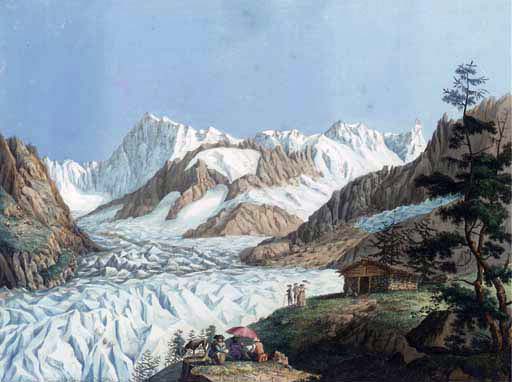 ” “The most desolate place in the world” where Mary Shelley thought she was overlooking the Mer de Glace, Sea of Ice, grinding into the Chamonix valley. Her descriptive phrase suggests that she and her traveling companions, Percy Shelley (her lover)...
” “The most desolate place in the world” where Mary Shelley thought she was overlooking the Mer de Glace, Sea of Ice, grinding into the Chamonix valley. Her descriptive phrase suggests that she and her traveling companions, Percy Shelley (her lover)...
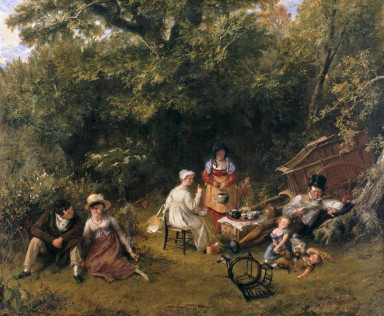 When Gypsying was exhibited at the Royal Academy, a reviewer carped that Leslie’s Londoners are insensitive Cockneys (a derogatory term) unable to appreciate the country. Presumably, only the upper classes know how to do it right. When Leslie used the term as a...
When Gypsying was exhibited at the Royal Academy, a reviewer carped that Leslie’s Londoners are insensitive Cockneys (a derogatory term) unable to appreciate the country. Presumably, only the upper classes know how to do it right. When Leslie used the term as a...
 Five years into his six-year exile on St. Helena, Napoleon was pale, tired-looking, and fat, though his face showed no fatigue or illness. Still, after a ten-mile journey on horseback (on hilly terrain), he uncharacteristically stopped for a social visit at Mount...
Five years into his six-year exile on St. Helena, Napoleon was pale, tired-looking, and fat, though his face showed no fatigue or illness. Still, after a ten-mile journey on horseback (on hilly terrain), he uncharacteristically stopped for a social visit at Mount...
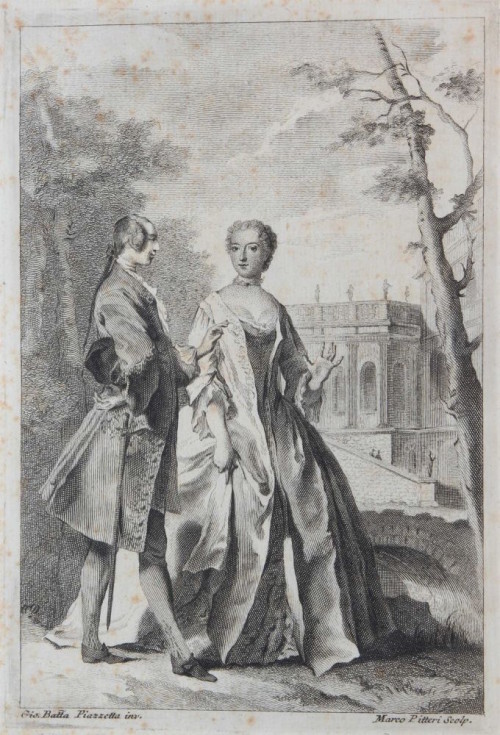 Writing in 1804, Longchamps suggests that sharing the bill at dinner, dîner en manière de pique-nique was stylish in the 1740s. Perhaps, but it was an old memory, and by then, dining en pique-nique was common. Longchamps explains that while in the employ of Emilie du...
Writing in 1804, Longchamps suggests that sharing the bill at dinner, dîner en manière de pique-nique was stylish in the 1740s. Perhaps, but it was an old memory, and by then, dining en pique-nique was common. Longchamps explains that while in the employ of Emilie du...
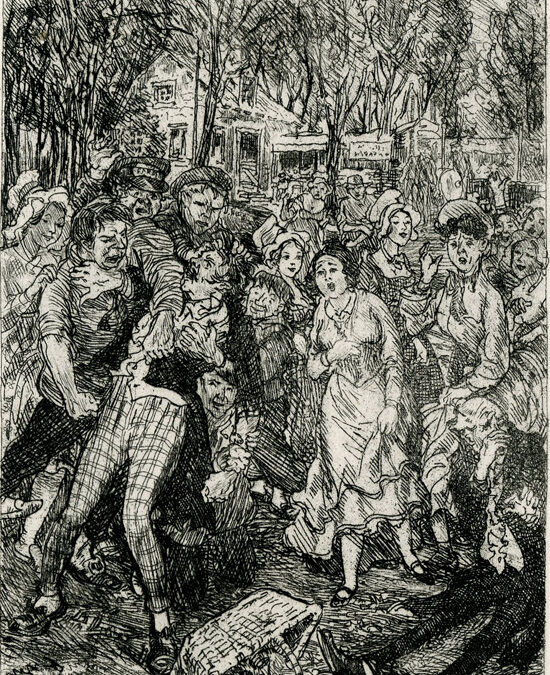 De Kock sometimes styled the French Dickens, is known for his broad portrayals of the Parisian working-class society, affairs, cabarets, and other entertainment. In Monsieur Dupont, the entertainment spotlighted is a tumultuous picnic at Romainville, still a popular...
De Kock sometimes styled the French Dickens, is known for his broad portrayals of the Parisian working-class society, affairs, cabarets, and other entertainment. In Monsieur Dupont, the entertainment spotlighted is a tumultuous picnic at Romainville, still a popular...
 As a passionate hunter, Brillat-Savarin enjoyed traditional midday luncheon trysts or haltes de chasse. he describes the gathering in “Meditation XV” in Physiologie du Gout, or The Psychology of Taste. According to French usage, the halte de chasse is not...
As a passionate hunter, Brillat-Savarin enjoyed traditional midday luncheon trysts or haltes de chasse. he describes the gathering in “Meditation XV” in Physiologie du Gout, or The Psychology of Taste. According to French usage, the halte de chasse is not...
 Five couples picnicking on the grass are upset by a swarm of bees. Their table is in disarray as people run helter-skelter; hats fly, tempers flare, and a dog barks. A man pours water on a fainting woman that misses her mouth but not her breasts. Round up the usual...
Five couples picnicking on the grass are upset by a swarm of bees. Their table is in disarray as people run helter-skelter; hats fly, tempers flare, and a dog barks. A man pours water on a fainting woman that misses her mouth but not her breasts. Round up the usual...
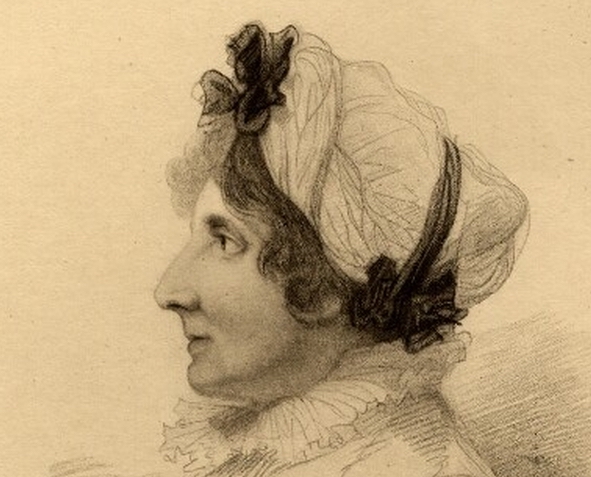 Barbauld’s etiquette book A Legacy for Young Ladies Consisting of Miscellaneous Pieces in Prose and Verse was an important social resource. Like Miss Manners or Emily Post, Barbauld is sure that what she has to say is correct. Barbauld’s explanation of “pic nic” then...
Barbauld’s etiquette book A Legacy for Young Ladies Consisting of Miscellaneous Pieces in Prose and Verse was an important social resource. Like Miss Manners or Emily Post, Barbauld is sure that what she has to say is correct. Barbauld’s explanation of “pic nic” then...
 Another picnic ruined, etc., etc. See George Cruikshank. The Gipseying Party Alarm’d at the Uninvited Guest (1827), engraving. London: John Fairburn, 1827....
Another picnic ruined, etc., etc. See George Cruikshank. The Gipseying Party Alarm’d at the Uninvited Guest (1827), engraving. London: John Fairburn, 1827....
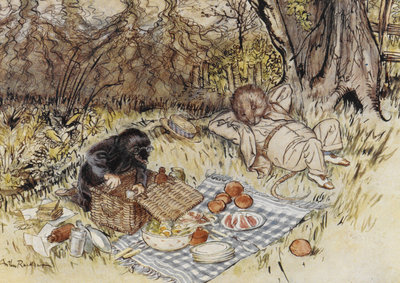 Grahame’s picnic in The Wind in the Willows (1908) is a wonder. What child (or adult) could ever conceive of a picnic for one eating basket full of “cold chicken. ....
Grahame’s picnic in The Wind in the Willows (1908) is a wonder. What child (or adult) could ever conceive of a picnic for one eating basket full of “cold chicken. ....











